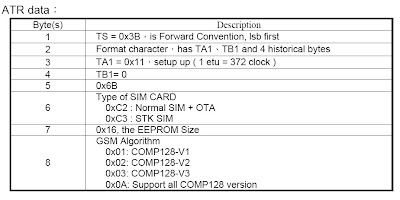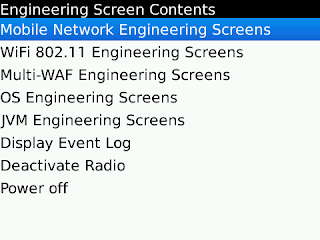Requesting Cell Site Data
Engaging with defence solicitors or law enforcement with respect to seeking cell site evidence can be a tricky business. Invariably the request for data is largely governed by the type of case and the instruction of work. Problematical with the latter point is there maybe the notion that the person instructing actually has sufficient technical knowledge and understanding to comprehend the technical details to be analysed and the types of detail the CSA expert will need.
A mistake in common practice that I have noted with examiners and experts is to assume the CDR contains the complete cell site details, and clearly that cannot be the case. The structure and content of CDR vis-a-vis TAP files both are different and have different purposes, but ae not generated for the purposes to include cell site details. I have seen some company websites identifying themselves as experts and suggesting cell site details are found in extended CDRs. I do not agree as cell site details have absolutely nothing to do with a generated per call CDR or indeed TAP file for that matter. There are a minimal references to cell sites by way of cell ID (start/end) and a few other bits and pieces, but nothing more would be generated by the mobile phone, radio network, the switch or data capture machine for inclusion into a CDR/TAP file.
Another matter I have noted, when dealing with expert and examiner cell site reports and those conducting radio test measurements is this vague suggestion allude to an implicit fact that because the examiner took GPS measurements when conducting tests this somehow creates a fact that the cellular radio coverage is corroborated by this or the movements of the handset user is somehow tracked this way. There appears on the face of it at least a confusion between GPS and the mobile network. Neither GSM or WCDMA propagate GPS signals, merely they take data output in the form of a packet of data from a GPS module/unit and forward that packet through the device/network to the terminal that will somehow make use of the data. If I need support for that fact then I find it at first instance in the radio frequencies adopted for GSM and WCDMA and from which all else will follow when dealing with cellular radio propagation and communications.
So what are the data field elements that the examiner/expert might seek at first instance. Clearly there needs to be corroboration of a GSM originated/terminated and start and/or end of a mobile communication. The list below is not data (email/internet/download etc) communication related.
----------------------------------------
Date ?
Time ?
Calling party ?
Called party ?
Type of call ?
Duration ?
Registration (ringing time before answer) ?
Mast location Details for start of call
---------------------------------------
[Start of call] Site ID number?
[Start of call] Site Name?
[Start of call] Site Address?
[Start of call] Site Post code?
[Start of call] Type of transmission 3G WCMDA site or GSM site?
[Start of call] Frequency Range?
[Start of call] Macrocell or Microcell?
[Start of call] Height of Antennas?
[Start of call] Is this a omni-directional site?
[Start of call] How many sectors at site (e.g. 3, 6 etc)?
[Start of call] Easting and Northing?
[Start of call] Longitude and Latitude?
[Start of call] Cell ID (hex)?
[Start of call] Cell ID (dec)?
[Start of call] Cell ID (last digit as sector)?
[Start of call] Broadcast Control Channel (BCCH) number?
[Start of call] Azimuth (bearing of coverage)?
Mast location Details for end of call
-------------------------------------
[End of call] Site ID number?
[End of call] Site Name?
[End of call] Site Address?
[End of call] Site Post code?
[End of call] Type of transmission 3G WCMDA site or GSM site?
[End of call] Frequency Range?
[End of call] Macrocell or Microcell?
[End of call] Height of Antennas?
[End of call] Is this a omni-directional site?
[End of call] How many sectors at site (e.g. 3, 6 etc)?
[End of call] Easting and Northing?
[End of call] Longitude and Latitude?
[End of call] Cell ID (hex)?
[End of call] Cell ID (dec)?
[End of call] Cell ID (last digit as sector)?
[End of call] Broadcast Control Channel (BCCH) number?
[End of call] Azimuth (bearing of coverage)?
The cell site details should relate at minimum to the material time of the mobile communications and at least upto the date the request for information is being made in order to comprehend any changes at the Masts for the Mast that handled the start of the call and the Mast that handled the end of the call.
Request notification of any Mast alterations
-----------------------------------------
[Any change to Mast] Decommissioned?
[Any change to Mast] Height of Antenna altered?
[Any change to Mast] Azimuth Bearing of coverage?
[Any change to Mast] Mechanical or electrical tilt changes and to what degree?
[Any change to Mast] Licenced Power or Transmission power?
[Any change to Mast] Type of transmission from 2G GSM to 3G WCDMA or vice versa?
It is quite possible to seek considerably more about the arrangements at each Mast, but that often means dealing with each operator's specific matters on a case by case basis. These elements are not included here.






































